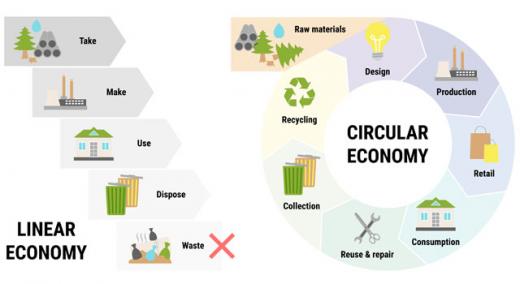The phrase “supply chain” became part of the everyday vernacular during the pandemic, as supply chain issues seemed to affect everyone's life—from toilet paper to automotive components. Supply chain problems are well known to cause disruptions with product delivery, particularly in the complicated world of global production. While manufacturers have always had to deal with unexpected changes in the supply chain, the past couple of years saw ramped-up problems.
|
ADVERTISEMENT |
Of course, vulnerabilities in supply chains can’t be completely prevented, but they can be addressed, whether they’re caused by a natural disaster, a lack of raw materials, or a labor shortfall.
Now there’s a sustainability imperative, as well. Purchasing patterns are changing significantly, which will affect B2B markets, even if only because B2C trends eventually influence B2B products. Customers are now actively choosing businesses based on the sustainability of their brands or products. Businesses that are the first to cater to the needs of these ecologically focused customers will benefit commercially from this trend.
How can manufacturers maintain a resilient and yet sustainable supply chain?
…

Add new comment